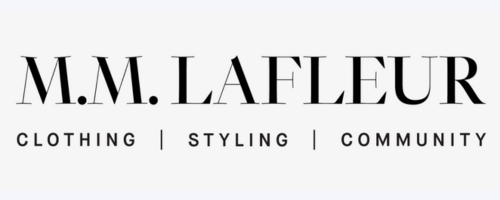
Case Study: M.M.LaFleur

Opportunity
M.M.LaFleur is a leading women’s fashion brand. The company designs stylish, comfortable clothing for women with functional details that their loyal customers love. M.M.LaFleur pioneered the curated box model, launching the Bento box in 2014. Each month, customers received a Bento box containing a curated selection of products from a dedicated stylist. The customer could keep and pay for what they wanted, sending the rest back. While the company also had a traditional e-commerce site and seven showrooms in the U.S., the Bento box was M.M.LaFleur’s primary customer acquisition and largest sales channel.
Challenge
Bento was a terrific way to launch the M.M.LaFleur brand, but it was difficult to scale. Bento required a team of in-house stylists to curate each box. The e-commerce platform needed a high level of customization. The company invested in its own warehouse to manage the movement of Bento boxes between customers. The cost of logistics, where at least one product from each box came back to the warehouse, was much higher than traditional e-commerce. The elevated inventory levels required and the delayed timing of customer payments for the products they kept were capital intensive.
Solution
The Founder engaged me to help the company find the path to profitability and positive operating cash flow. After a 30-day discovery process, it was clear that the best way forward was to wind down the Bento sales channel. While this would lower overall company sales in the short term, it would immediately improve the profitability profile of the company and allow the team to focus growth efforts on the e-commerce, retail, and nascent wholesale channels. Together with the company’s executive team, we developed an implementation plan and a communications strategy for the Board, investors, and employees that secured broad support.
Results
This strategic shift allowed M.M.LaFleur to reduce expenses and inventory on hand significantly. Gross margin increased by nearly 700 basis points. Compensation costs were reduced by over 30%. Marketing as a percentage of net sales was reduced by 500 basis points. Total operating expenses were reduced by 22%. Inventory turnover increased by more than 3x. Over the next 18 months, the company moved to a 3PL, reduced the cost of packaging, and migrated the e-commerce platform to Shopify. These changes put the company on a clear path to profitability.
